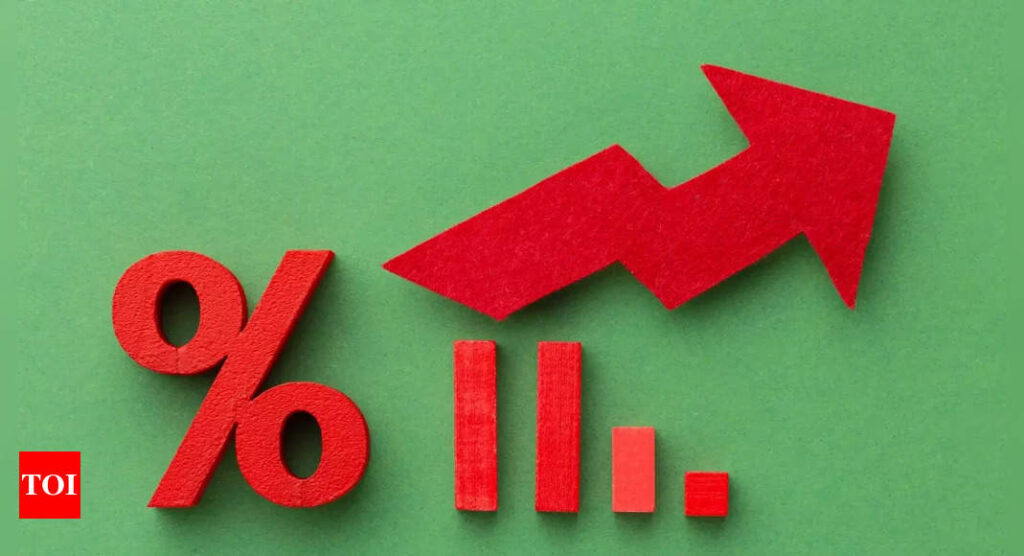[ad_1]
In the RBI’s November Bulletin, economists Yuvraj Kashyap, Avnish Kumar, Anand Prakash, and Shubhangi Latey noted that the pace of increase in lending rates has outpaced the increase in deposit rates ((term deposits and savings account deposits taken together)during the tightening cycle. Their views do not represent that of the central bank.
However, they highlighted that while term deposit rates have increased, savings deposit rates, which represent a significant portion of total deposits, have remained nearly unchanged. This has led to a moderation in the overall cost of funds for banks. Savings deposits are a source of low-cost funds for banks.
Home, Car Loan RBI new guidelines: Latest RBI rules for EMIs, loan switch, penalty explained
The authors emphasized that higher net interest margins (NIMs) have been observed during the current tightening phase. Strong profits have been reported by most banks over the past year-and-a-half, as higher policy rates have boosted their margins.
The surplus liquidity conditions, which prevailed until June 2022, reduced the cost of funds for banks. The RBI had injected substantial liquidity into the banking system during the Covid crisis to support the economy and lower the cost of funds. However, to combat high inflation, the central bank has increased the repo rate by a total of 250 basis points from May 2022 to February 2023
The authors also noted that the adoption of the external benchmark lending rate (EBLR) by banks in 2019 facilitated adjustments in deposit rates during the RBI’s easing cycle in 2020-2022. Under the EBLR system, bank lending rates are adjusted almost immediately following changes in the policy rate. This helped banks shield their net interest margins in an environment of falling interest rates.
Furthermore, the authors found that surplus liquidity in the banking system and a higher share of current account saving account deposits in total deposits have a negative and significant impact on lending rates, according to empirical bank-level analysis.
[ad_2]
Source link











More Stories
India’S Growth Forecast: S&P ups India’s FY’24 growth forecast to 6.4% on robust domestic momentum
India to remain fastest-growing major economy, but demand uneven: Poll
Jack Ma: Jack Ma gets back into business with ‘Ma’s Kitchen Food’